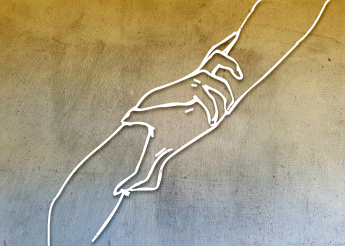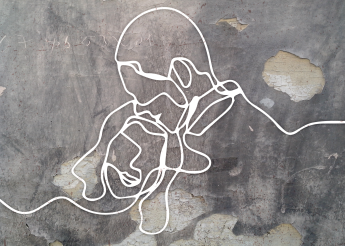The decision to place an individual under electronic monitoring may be taken at any stage of the sentencing process. It may enable some people to avoid prison altogether; for others, it may come at the end of a prison sentence, bringing it to an end more quickly. Marie-Nathalie d’Hoop is the Deputy Managing Director of the General Service for Justice and Justiciable (Service Général Justice et Justiciable) of the General Administration for Community Justice Centres (Administration générale des Maisons de Justice, AGMJ) in Belgium. She points out that electronic tags enable their wearers to begin addressing problems that would be difficult to resolve whilst in prison, such as administrative issues, personal troubles and difficulties accessing employment. “Life is at a standstill in prison. Incarcerated individuals are in an enclosed space that does not allow them to get a handle on their problems in the outside world. Wearing an electronic tag enables individuals to start dealing with these issues, amongst other things”, she explains.
Electronic tags also prevent individuals from being separated from their families, which, in turn, means their loved ones are not required to travel back and forth to visit them in prison. This spares families the emotional and financial burden of visitation, which is particularly hard on children. Ryan* recalls: “For me, tagging was an opportunity; for others, it meant being constrained. It was all positive: eating where I wanted to eat, seeing the daylight, opening my door myself and being allowed a phone. All that mattered to me was going to work to support my family and, most of all, spending time with them.”
Given that electronic tagging offers an alternative to incarceration, relatives are faced with a choice that is hardly one at all. “Families will inevitably go along with the sentence, regardless of the information they are given”, observes Franck Ollivon, a researcher and professor of geography. The constraints of electronic monitoring are not insignificant and include installation of the device at home, scheduling, alerts, and malfunctions.
The feeling of loyalty tends to endure throughout the sentence, even if things get complicated, because there is no other alternative. This can lead to difficult situations. Marie-Nathalie d’Hoop explains: “There are cases where loved ones are forced to live with [the offender] with whom they are having problems because there is no one else who can take responsibility for them. When you are told ‘it’s either you or prison’, especially when you know the conditions in prison facilities, it is hard to talk about choice. It is a heavy burden placed on families.”
As for the individual being monitored, they find themself heavily reliant on those who take them in. Tensions or conflict can result in the individual losing their home, forcing them to find other accommodation that is compatible with electronic monitoring. This is particularly true in the case with young adults living with their parents, observes Franck Ollivon.
The financial issue is added to that of housing. Audrey Servais, attaché to the AGMJ, notes that, in Belgium, the allowance given to individuals serving this type of sentence who are unemployed and/or not entitled to unemployment benefits has not been indexed since 2007. “The amount is negligible. Individuals who rely solely on this income live below the poverty line. It puts them in a situation where they are totally dependent on others: their family must provide for them financially, which is utterly discriminatory. This also prevents the offender from rebuilding valuable social ties, both with their family and society in general.”







